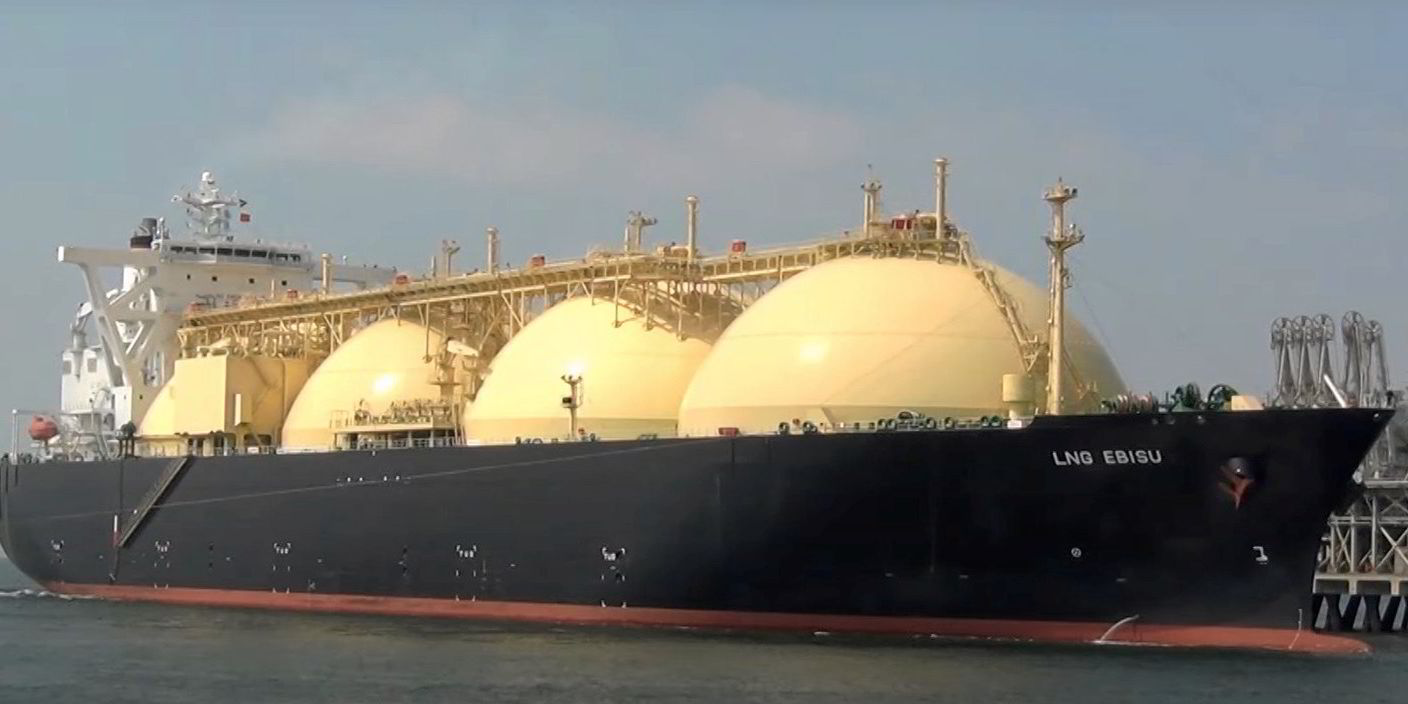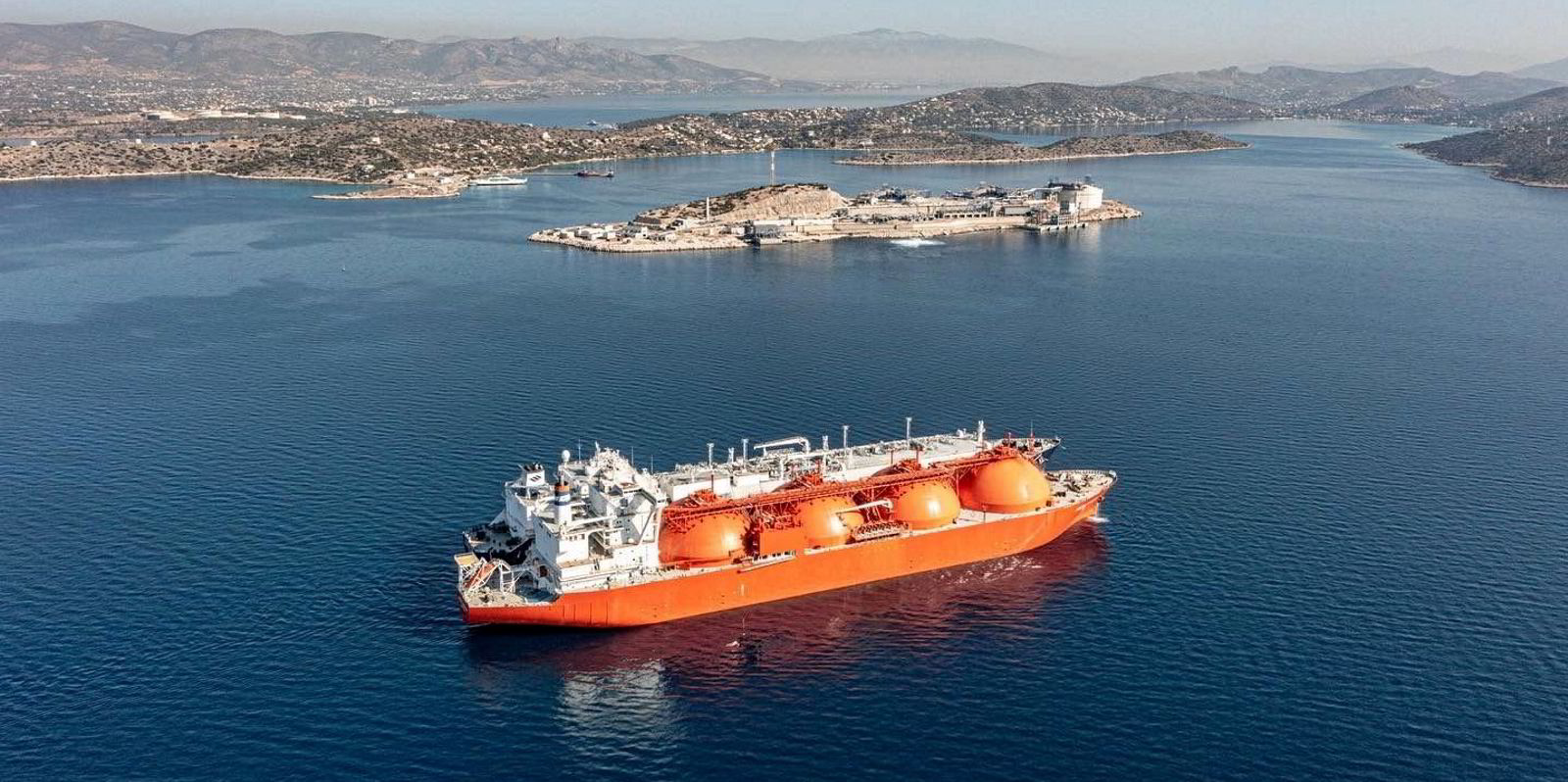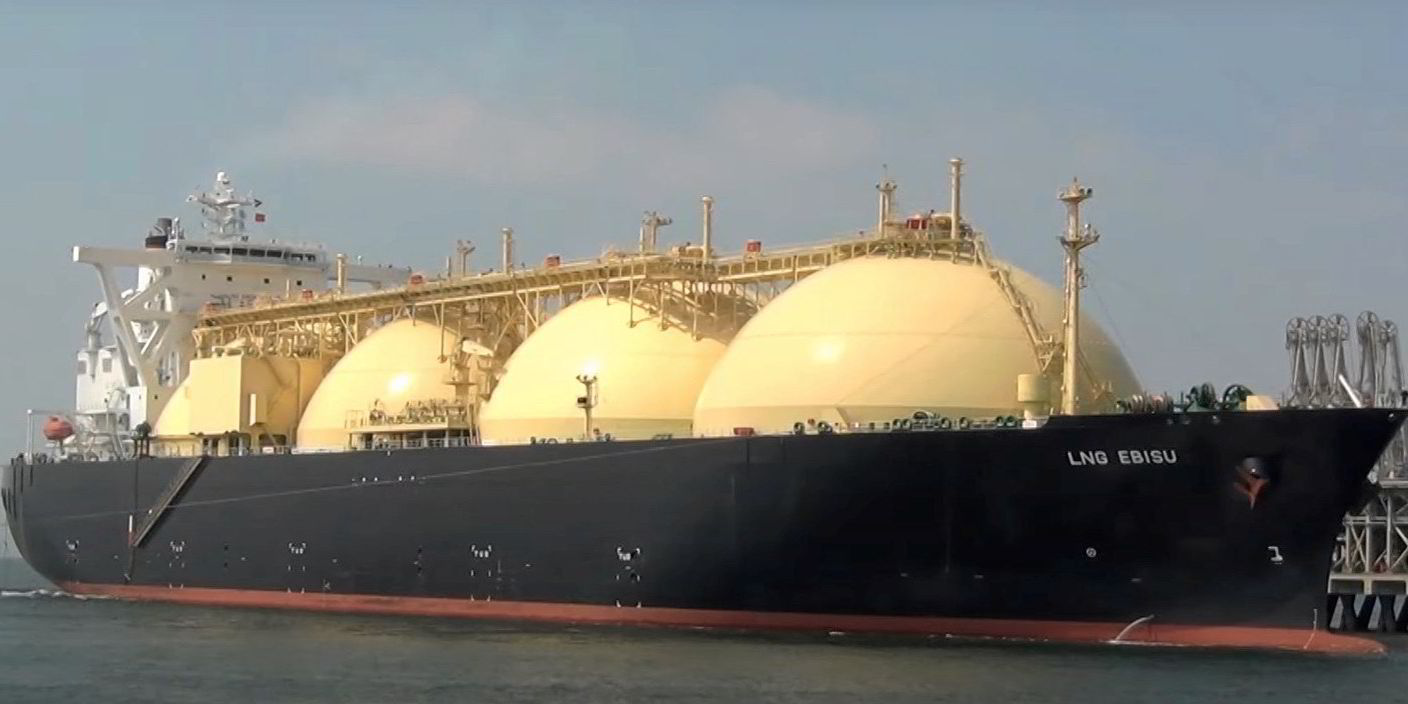Prices for secondhand LNG carriers have been rising in a market in which newbuilding costs have soared and shipyard berths are heavily booked.
Howe Robinson Partners LNG broker Jordan Neil said it is predominantly the steam turbine ships that are coming to the market.
Neil said prices for LNG steam turbine vessels in the 138,000-cbm to 140,000-cbm range have nearly doubled in the past two years and with levels probably now at mid to high-$40m levels at present.
“We’ve seen a step change in the prices across the board, whether it be steamships, TFDEs [tri-fuel diesel-electric vessels] or resales. The prices have all stepped up,” he said.
Neil said buyers range from those looking at shorter-term trading or cabotage opportunities to new entrants seeing a value proposition on the short-term market hedged by a scrap price that they might be able to achieve.
With long lead times for pricey newbuildings, secondhand LNG carriers can become an attractive proposition for conversions, he said.
But after 2022 saw the bulk of floating storage and regasification units snapped up in the wake of Russia’s invasion of Ukraine, Neil said buyers started to focus on available TFDE and dual-fuel diesel-electric vessels, pushing up the secondhand pricing on this asset class, leaving some projects priced out of the market.
He said the market is now seeing sales where companies are picking up these hulls with the intention to convert them in a year and they have been successful in deploying them for 12 to 24-month periods at six-figure rates. “This helps to support the higher asset price,” Neil added.
Neil pointed out that there is a big difference in pricing between a vessel that has done its dry-docking and had its ballast water treatment system (BWTS) installed and one that has not.
Vessels with a BWTS may attract a premium as they could be employed immediately.
But for project work where the ship will need to be dry-docked for this work, a buyer may not want to be paying for this, he explained.





